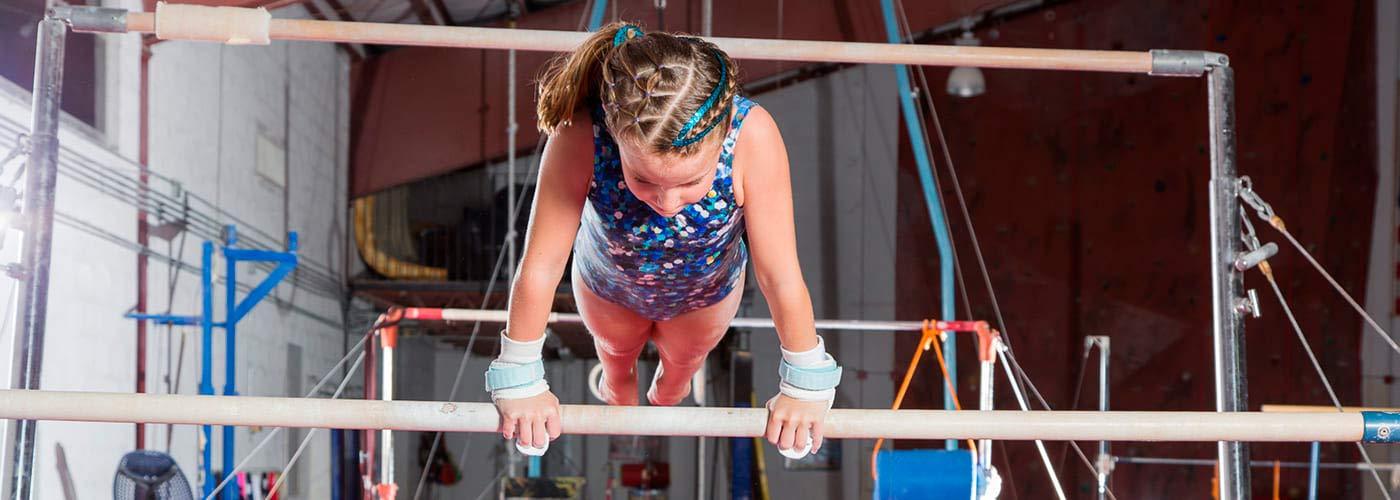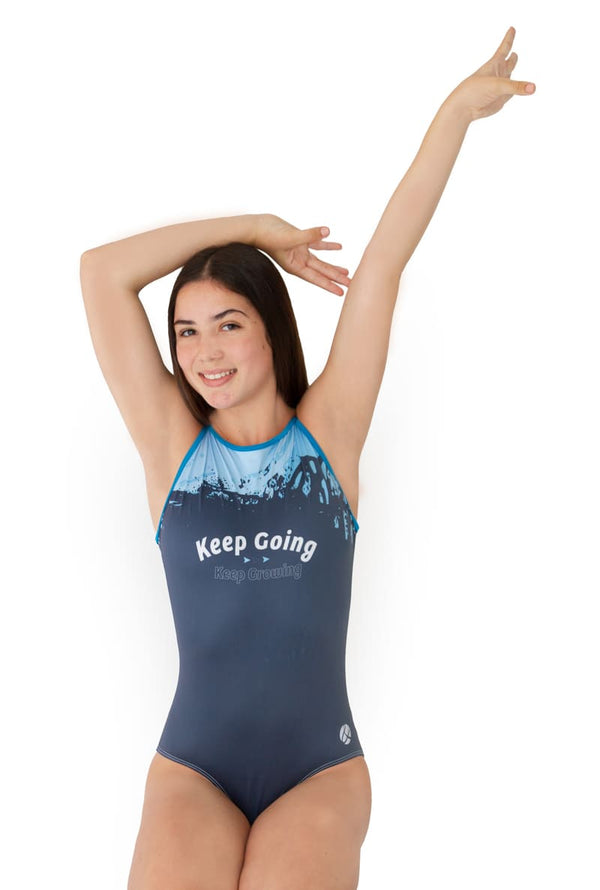Free Shipping on all orders over $89

Feminine Empowerment in Sport
January 04, 2021 2 min read
Prohibition, censorship and empowerment of the female gender. Through this, the history of sports fashion and the participation of women is summarized.
It is astonishing how the involvement of women in sport has changed throughout the years. Did you know that the Olympic games were inaugurated 122 years ago? Originating in Athens, where one of the most important sporting events in the world, that takes place every four years in a different place, began. Shocking the whole world for its delivery, surprises with its records as well as the reinvention of fashion with the suits worn by the athletes.
However, when commencing this significant tournament, in 1896, during the 19th century, athletic events were specifically associated with the male gender. For this reason, when a woman had or desired any involvement, she was isolated and deemed as lacking in feminism.
Later on, by the year 1900 in the city of Paris, women began to participate in the Olympic games during its second version. Although only limited activities were allowed such as golf, tennis, sports sailing and croquet, in which only 6 women took part in, it was the beginning of a new era. Making way for the inclusion of women in tournaments that were exclusively held for men.
In the Olympic games located in Stockholm, in the year 1912, the first demonstration of artistic gymnastics was held and the participants were allowed to wear a wardrobe consisting of a skirt up to the knee, which in that era was considered something revealing and inappropriate. For example, the United States swim team was disqualified for their "provocative" wardrobe, which was a full-body suit where they exposed their arms and only half of their legs.
Meanwhile, in 1928, during the Olympic Games in Amsterdam it was reflected with a wider participation of women, reaching close to 10% of all athletes with 300 women participating in this version. Nonetheless, iconic exponents of fashion such as the famous French designer, Coco Chanel, was inspiration for women of that time to begin varying their clothes, making them comfortable and to take a step into fashion for sport.
The 1948 edition of the Olympic Games held in London, brought with it the inclusion of details in athletic sportswear. Incorporating monochromatic styles, bringing a color combination between the sleeves and the neck.

Thanks to the constant struggle of these empowering women, today the figures have increased to 45% of participation of the female gender in the latest version of the Olympic Games held in 2016, located in Rio de Janeiro. This demonstrates that fighting for dreams leads to great things that can benefit a whole genre.
This is why women, for their persistence and discipline, have asserted their rights throughout the ages. Achieving recognition of their participation, not only in sport but also in other aspects that were considered exclusive for men.
Look for challenges that although thought of as crazy or impossible to fulfill, with perseverance, passion and discipline, you can achieve everything you set out to do. Tell us, what is your biggest challenge?
Leave a comment
Comments will be approved before showing up.

20% off on your next purchase
Enter your email address and get your 20% off coupon

